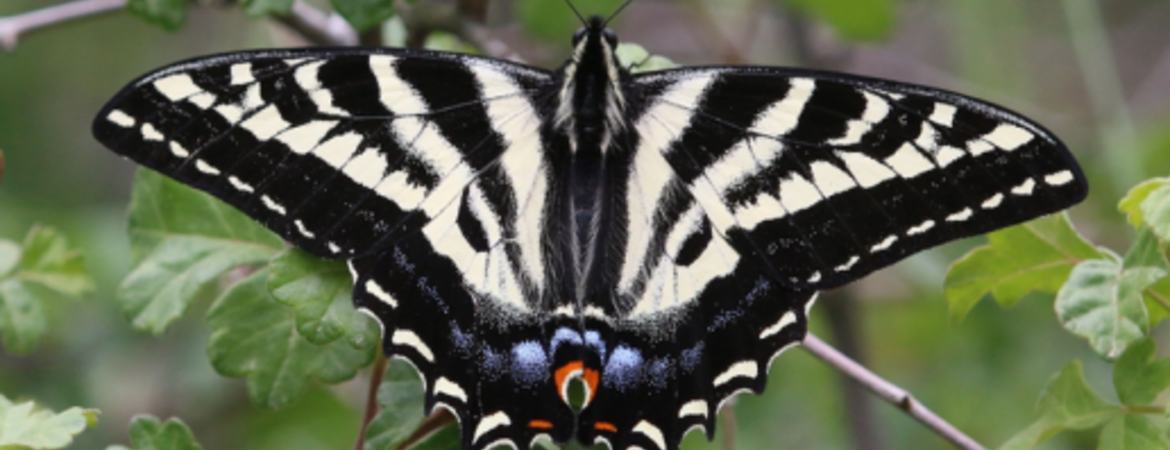
The Propertius Duskywing is a Spread-wing Skipper because it usually holds its wings out flat when perched. Only occasionally are the wings folded to show a ventral view. Skippers are separated from other butterflies by the fact that the clubbed antennae are hooked. Also, they have large eyes, stocky bodies, and powerful flight muscles.
Propertius Duskywing, Erynnis propertius, family Hesperiidae, is the largest of the six Southern California duskywings with a wingspan of 1¼ to 1¾ inches. It is covered with long elevated hairs, giving the adult a hairy appearance. Although they are a fast-flying skipper, they do sit for a while, especially when sipping moisture.
From a quick glance they just appear as a brownish butterfly. But with closer observation one sees that their dorsal forewings are darker than their lighter brown hind wings that have light tan spots. Also, the dorsal forewings have large translucent (hyaline) spots often lying within prominent dark-brown patches. These hyaline spots are larger in the female than in the male butterfly. Both fore- and hindwings have fringes. The prominent hindwing fringes are darkish not white as in other large Duskywing species.
The female lays eggs singly on the leaves of oaks, such as coast live oak, Quercus agrifolia, and the eggs hatch after a week. The larvae live in rolled-up-leaf nests. They hide in their leaf shelter during the day and feed on the oak leaves at night. During summer, the fully-grown larvae become dormant inside their silky shelters. Then in autumn, the oak leaves with shelters and larvae still attached fall to the ground. Early next spring the larvae “wake up” in their leaf shelters, pupate and adults emerge a few weeks later. Unfortunately, many larvae perish when leaf litter is removed under oak trees.
This species occurs throughout California. Their range is from southern British Columbia, south along the Pacific Slope to Baja California Norte. In Southern California the flight period is one brood, and adults fly from about mid March through July, although flight periods vary with altitude and latitude.
These butterflies are common and very widespread in their habitat of open oak woodlands, forest openings, meadows and fields, but are absent in the deserts or the hot central valleys. A hint to finding the Propertius Duskywing is to look for moisture crossing a dirt road. They are attracted to moisture, especially the males. We were fortunate to see them during early May through June sipping moisture on a dirt road at Cleghorn, elevation about 4,000 feet. In addition to being avid puddlers, the adults visit many flowers including vetches, blue dicks, phacelia, fiddleneck, yerba santa and California buckwheat.
Please plant California native and butterfly friendly plants in your garden to help restore our native habitat.
Happy butterfly gardening ~ AP